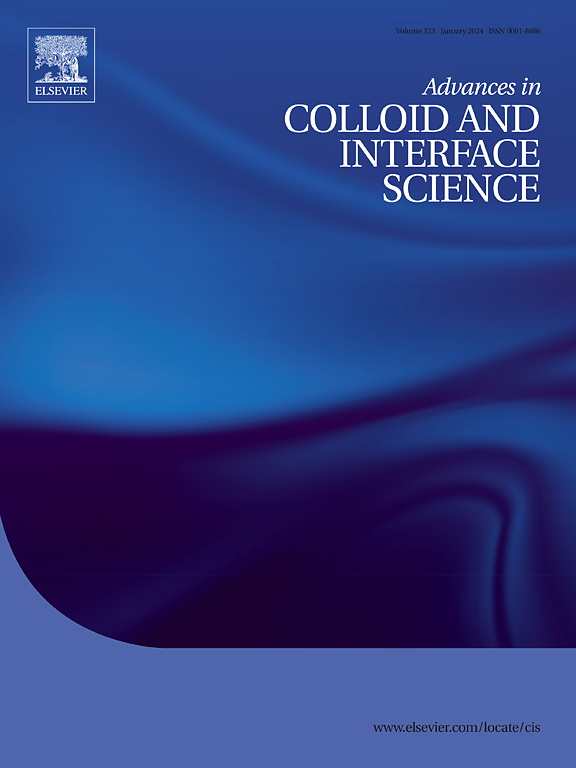Colloidal perovskite nanomaterials: New insights on synthetic routes, properties and sensing applications
IF 19.3
1区 化学
Q1 CHEMISTRY, PHYSICAL
引用次数: 0
Abstract
Recently, perovskites have drawn attention as appealing materials for a range of technological applications, including sensing, because of their unique optoelectronic properties. This review comprehensively discusses the synthetic methods for perovskites, covering hot-injection, ligand-assisted reprecipitation, chemical vapor deposition, ultrasonication, microwave assisted, sol-gel Pechini, solvothermal/hydrothermal, and co-precipitation method. Lead halide perovskites, while popular for their high-performance optoelectronics, face environmental concerns, prompting the development of lead-free alternatives and oxide-based perovskites. We explore the properties of these materials, including absorption and photoluminescence, magnetic properties, charge carrier dynamics, and catalytic activity. Furthermore, we focus on the recent breakthroughs in employing perovskites for sensor-based applications, such as gas, humidity, temperature, pesticide, drugs, ions and biosensors. This review also summarizes the applications of colloids perovskites in the development of high-resolution imaging sensors, X-ray and photo detectors. This review seeks to offer a holistic overview of perovskites synthesis, properties, and sensing capabilities, offering insights into future research directions and commercial applications.

胶体钙钛矿纳米材料:合成路线、性能和传感应用的新见解
最近,钙钛矿由于其独特的光电特性,作为包括传感在内的一系列技术应用的吸引人的材料而引起了人们的关注。本文综述了钙钛矿的合成方法,包括热注入法、配体辅助再沉淀法、化学气相沉积法、超声波法、微波法、溶胶-凝胶法、溶剂热/水热法和共沉淀法。卤化铅钙钛矿虽然因其高性能光电器件而广受欢迎,但面临环境问题,促使无铅替代品和氧化物基钙钛矿的发展。我们探索了这些材料的性质,包括吸收和光致发光、磁性、载流子动力学和催化活性。此外,我们关注钙钛矿在传感器应用方面的最新突破,如气体、湿度、温度、农药、药物、离子和生物传感器。综述了胶体钙钛矿在高分辨率成像传感器、x射线和光电探测器等方面的应用。本文旨在全面概述钙钛矿的合成、性质和传感能力,为未来的研究方向和商业应用提供见解。
本文章由计算机程序翻译,如有差异,请以英文原文为准。
求助全文
约1分钟内获得全文
求助全文
来源期刊
CiteScore
28.50
自引率
2.60%
发文量
175
审稿时长
31 days
期刊介绍:
"Advances in Colloid and Interface Science" is an international journal that focuses on experimental and theoretical developments in interfacial and colloidal phenomena. The journal covers a wide range of disciplines including biology, chemistry, physics, and technology.
The journal accepts review articles on any topic within the scope of colloid and interface science. These articles should provide an in-depth analysis of the subject matter, offering a critical review of the current state of the field. The author's informed opinion on the topic should also be included. The manuscript should compare and contrast ideas found in the reviewed literature and address the limitations of these ideas.
Typically, the articles published in this journal are written by recognized experts in the field.

 求助内容:
求助内容: 应助结果提醒方式:
应助结果提醒方式:


